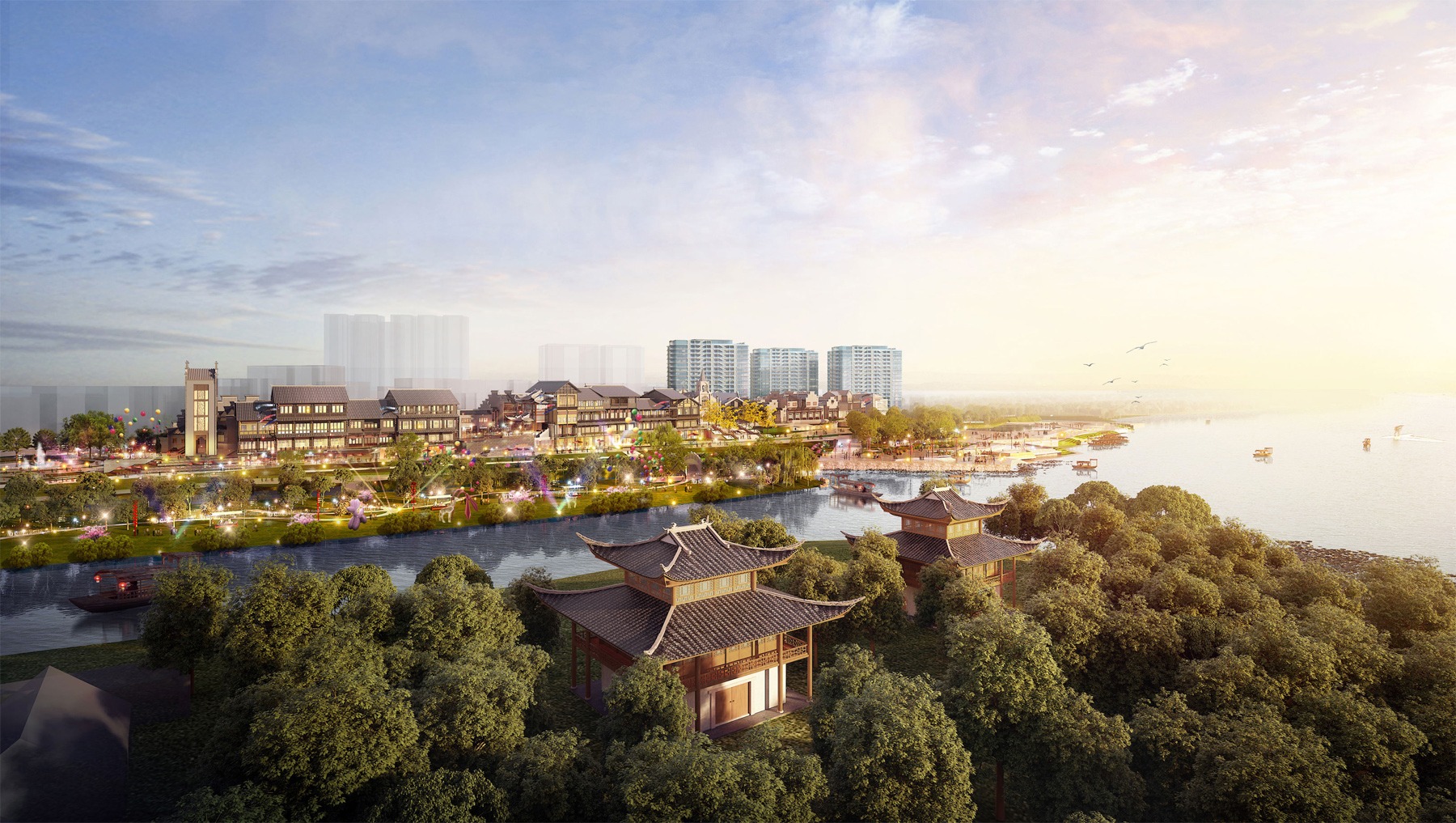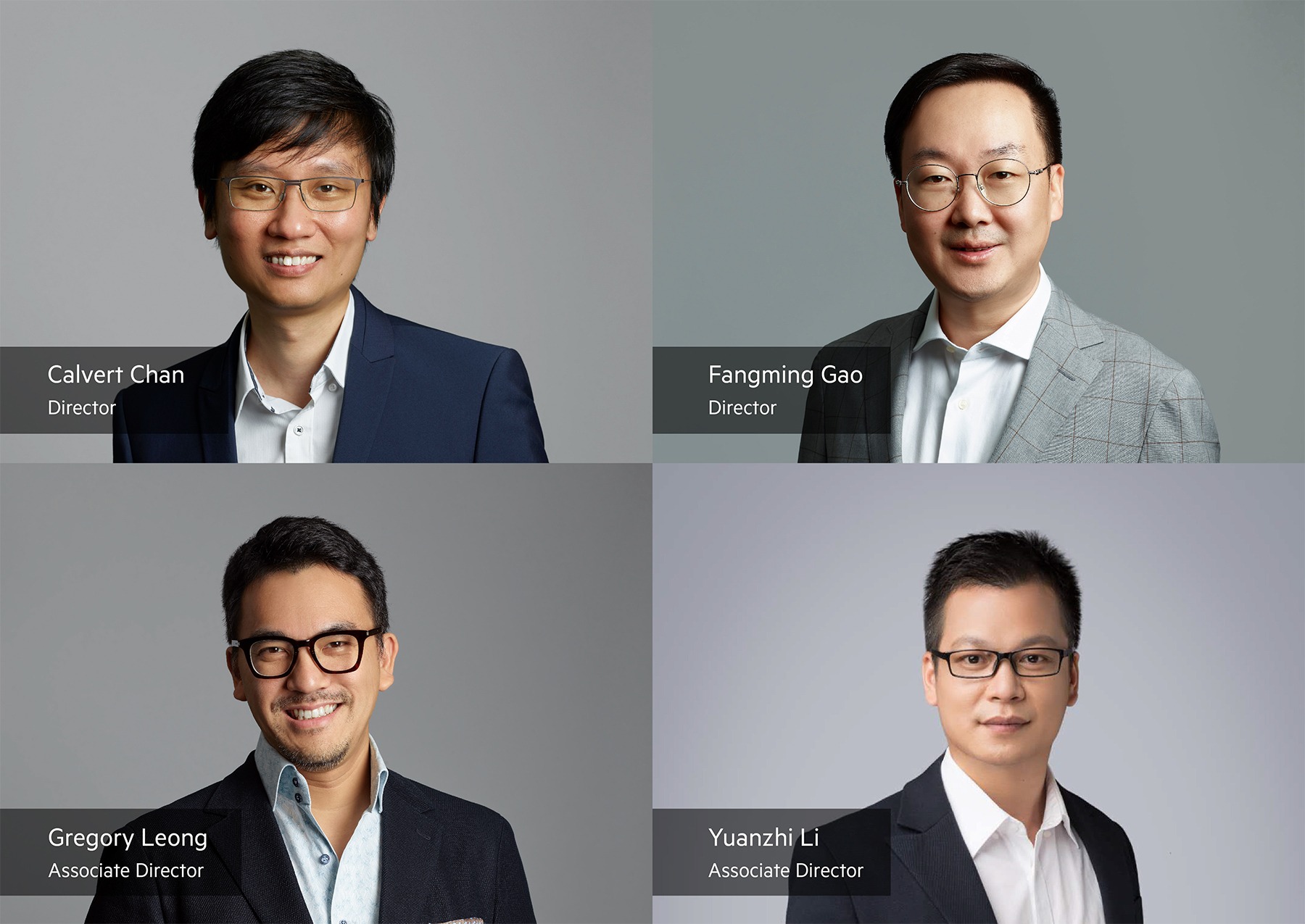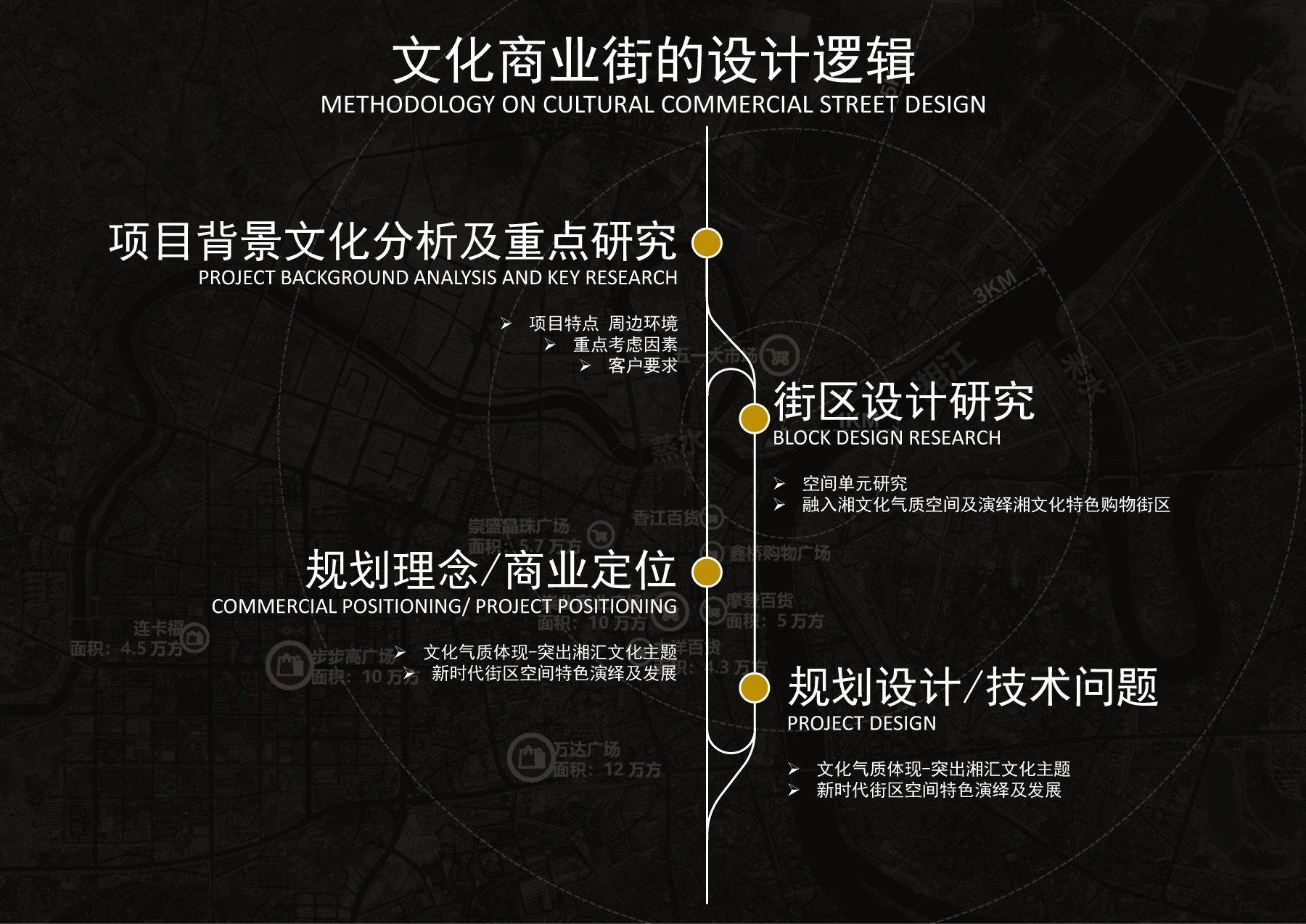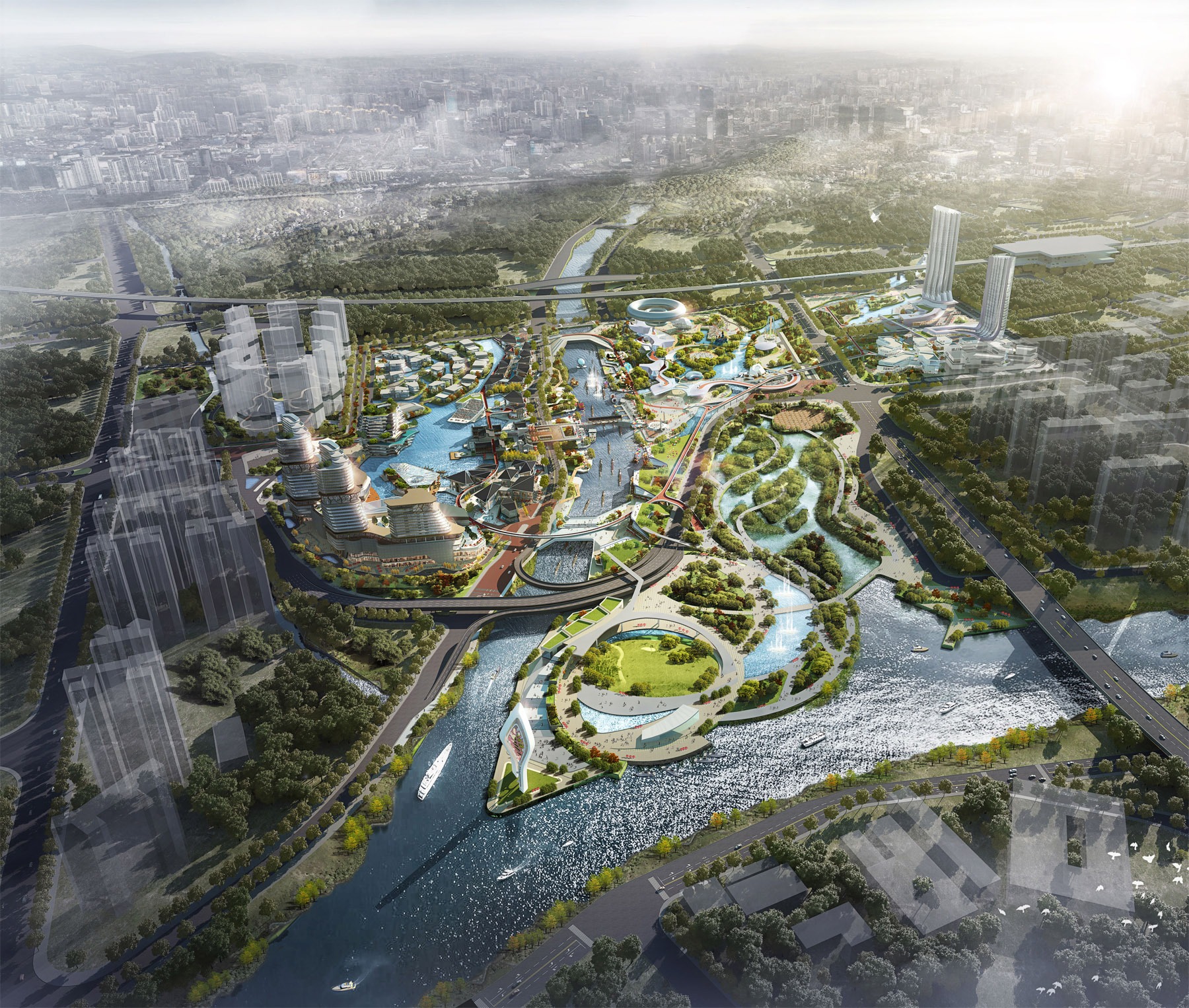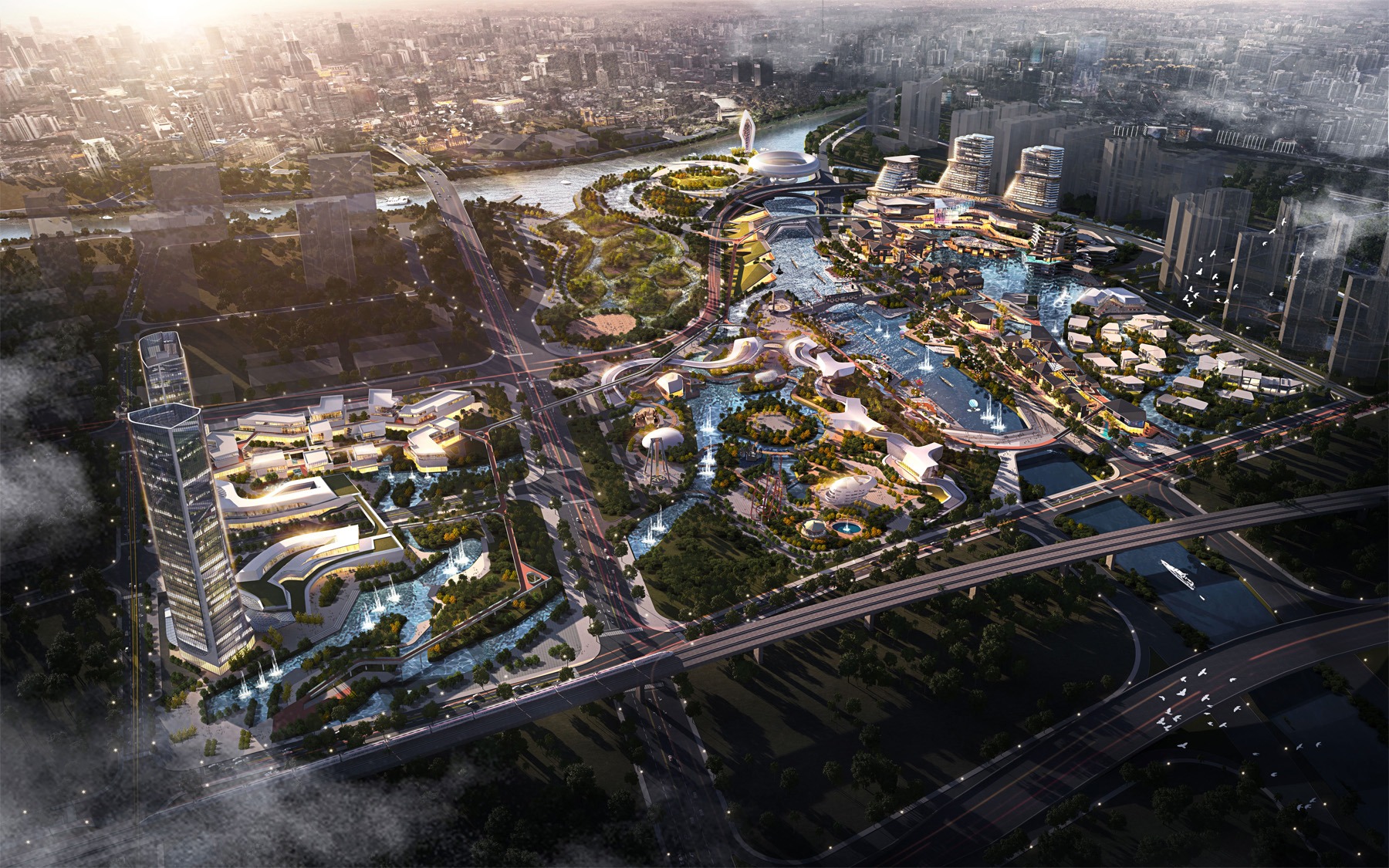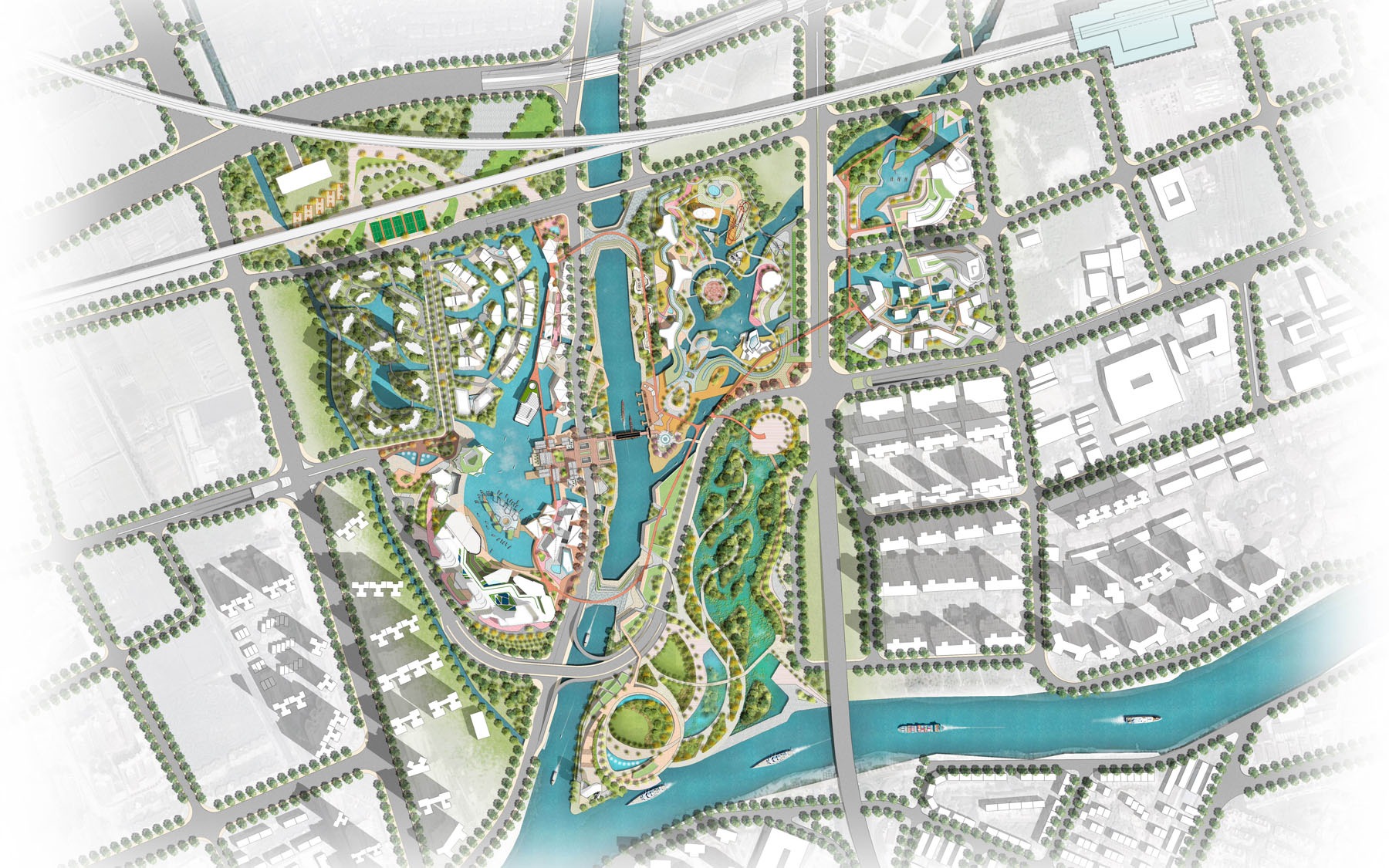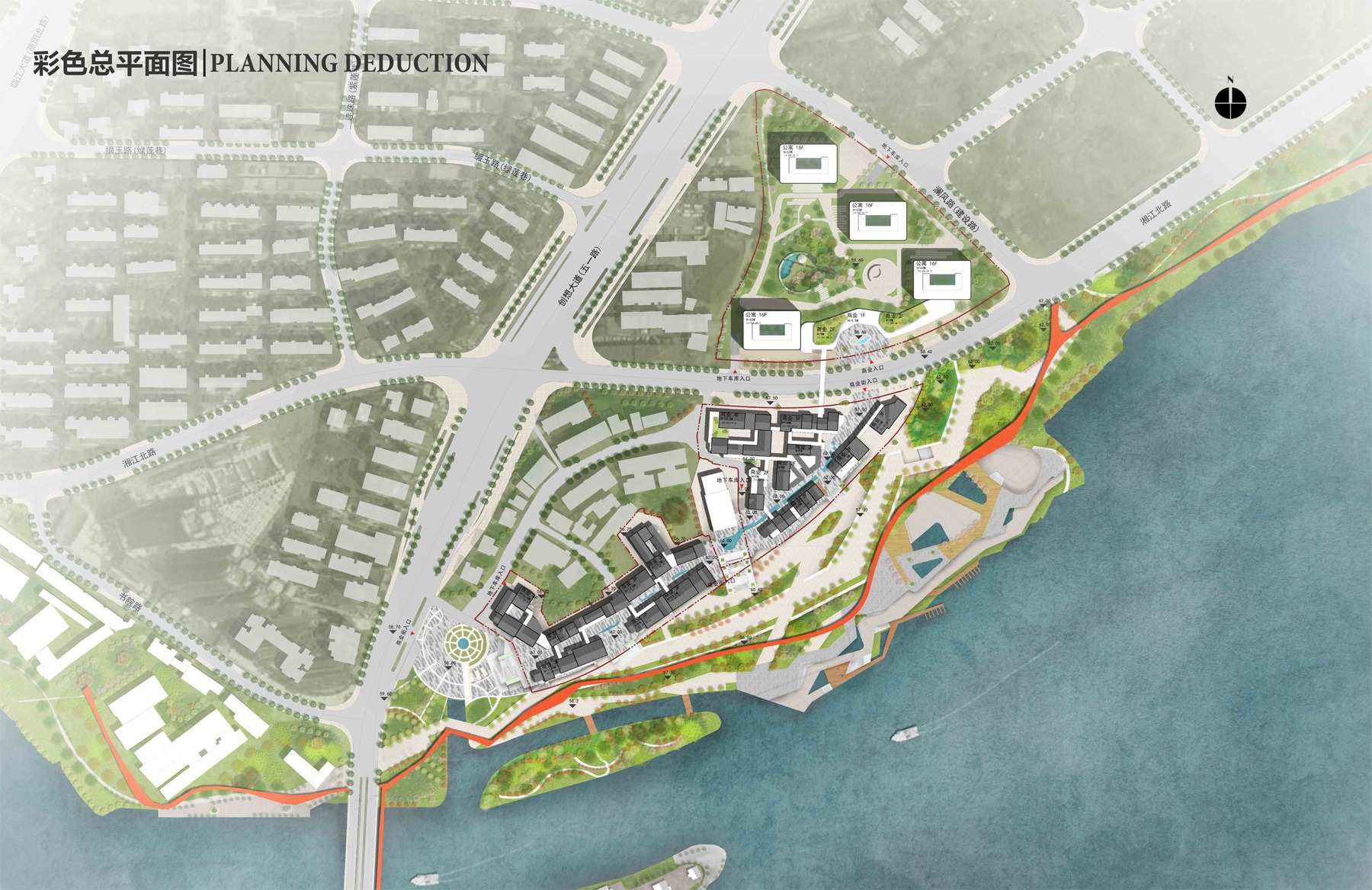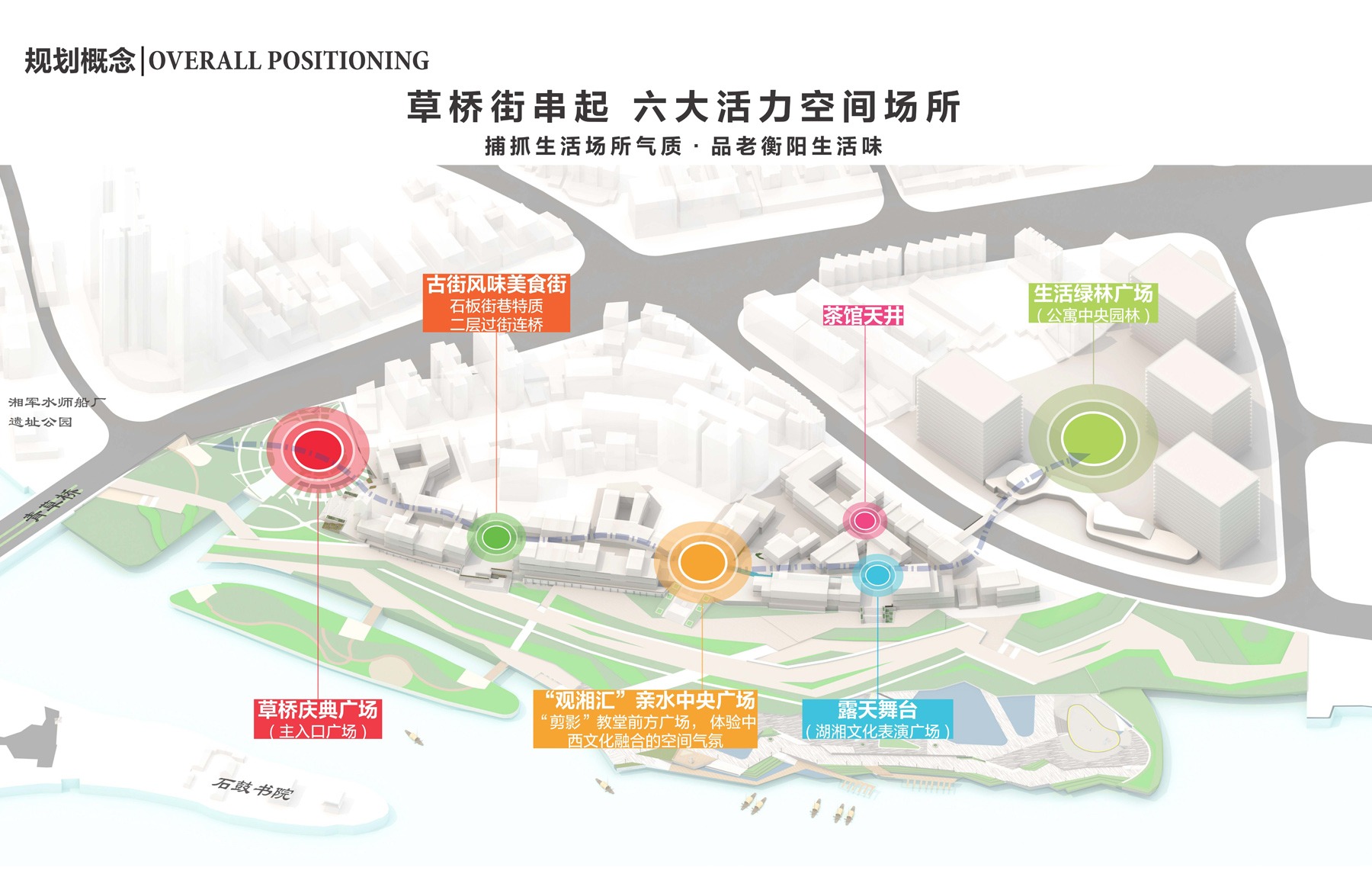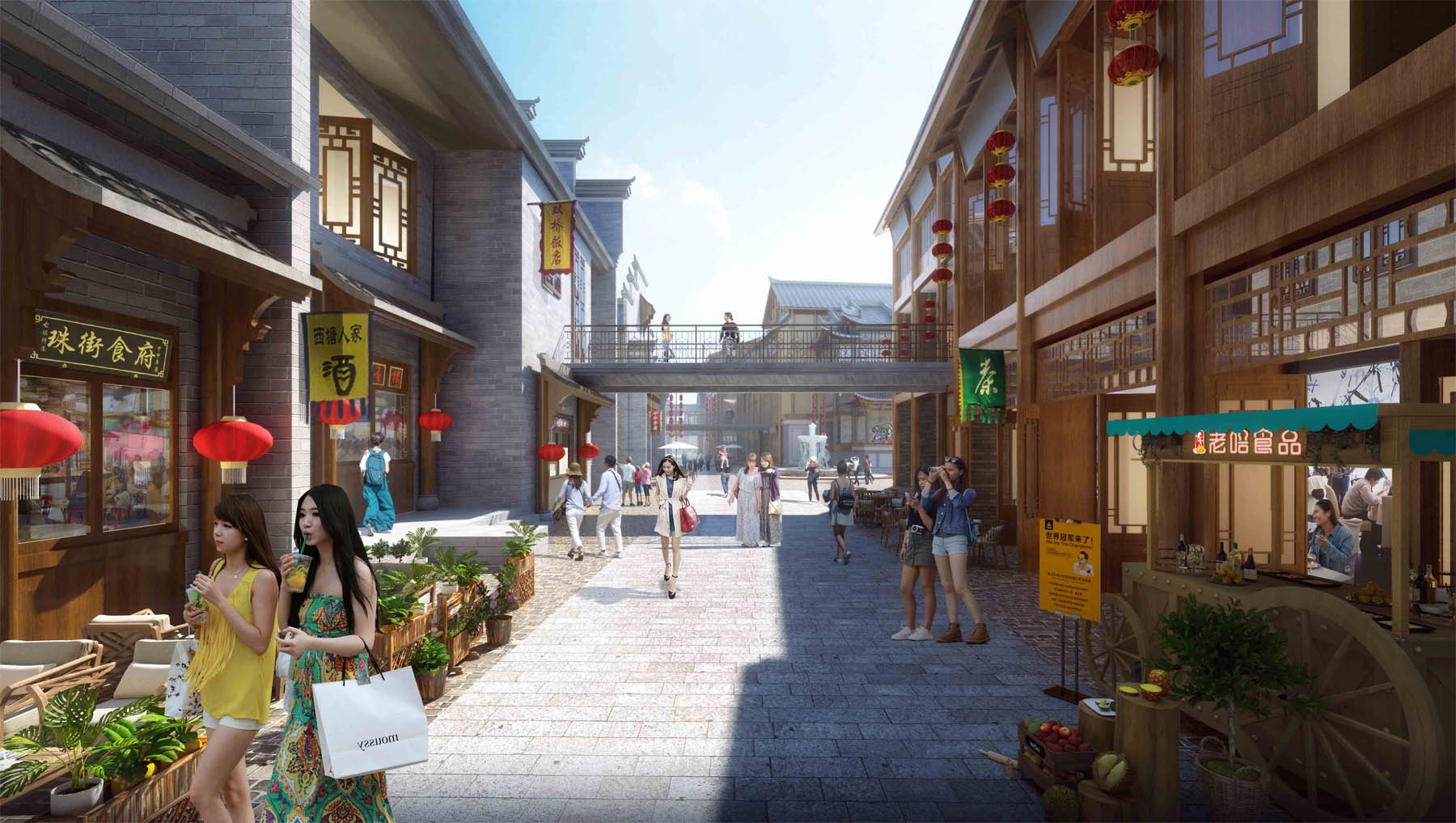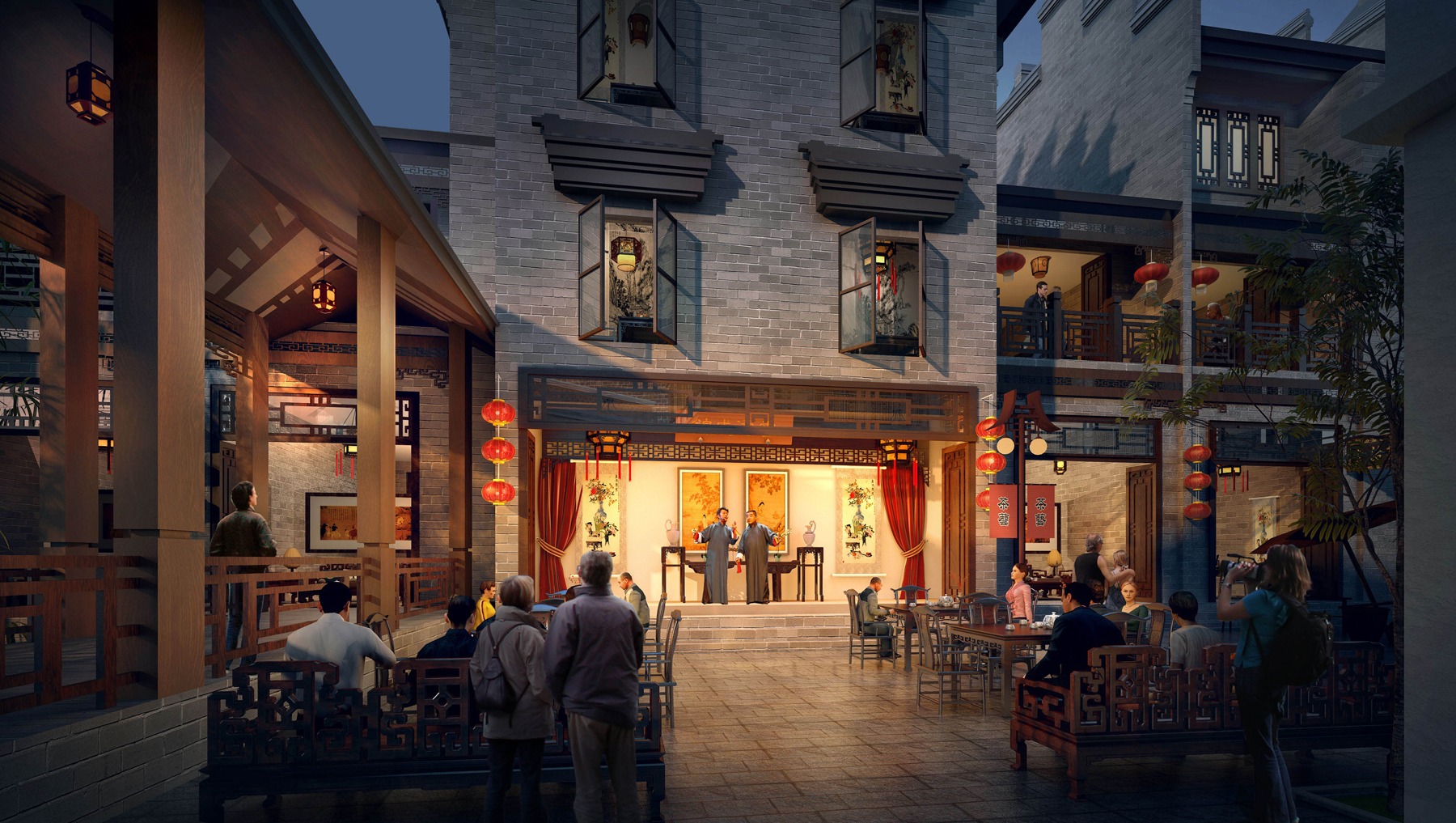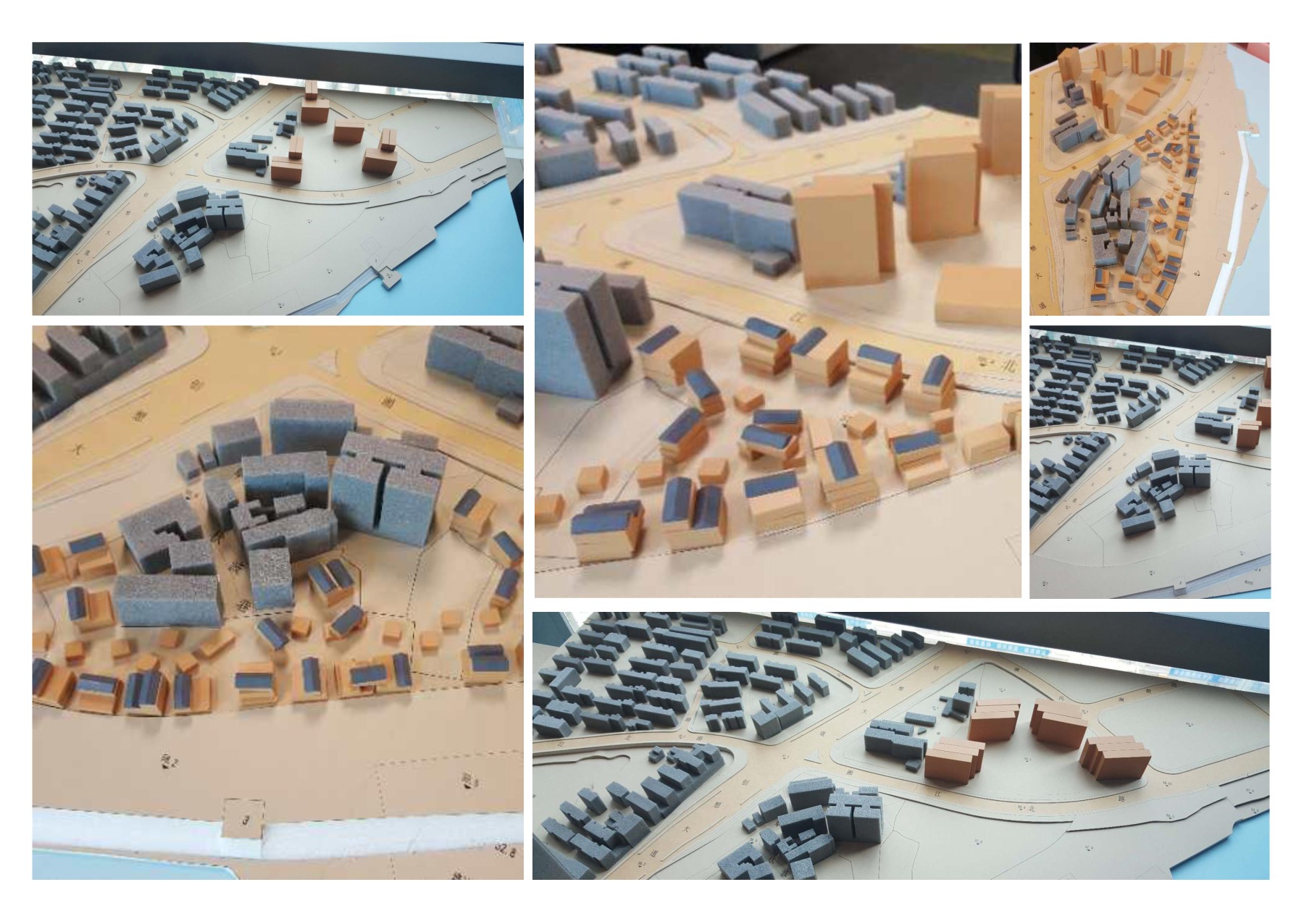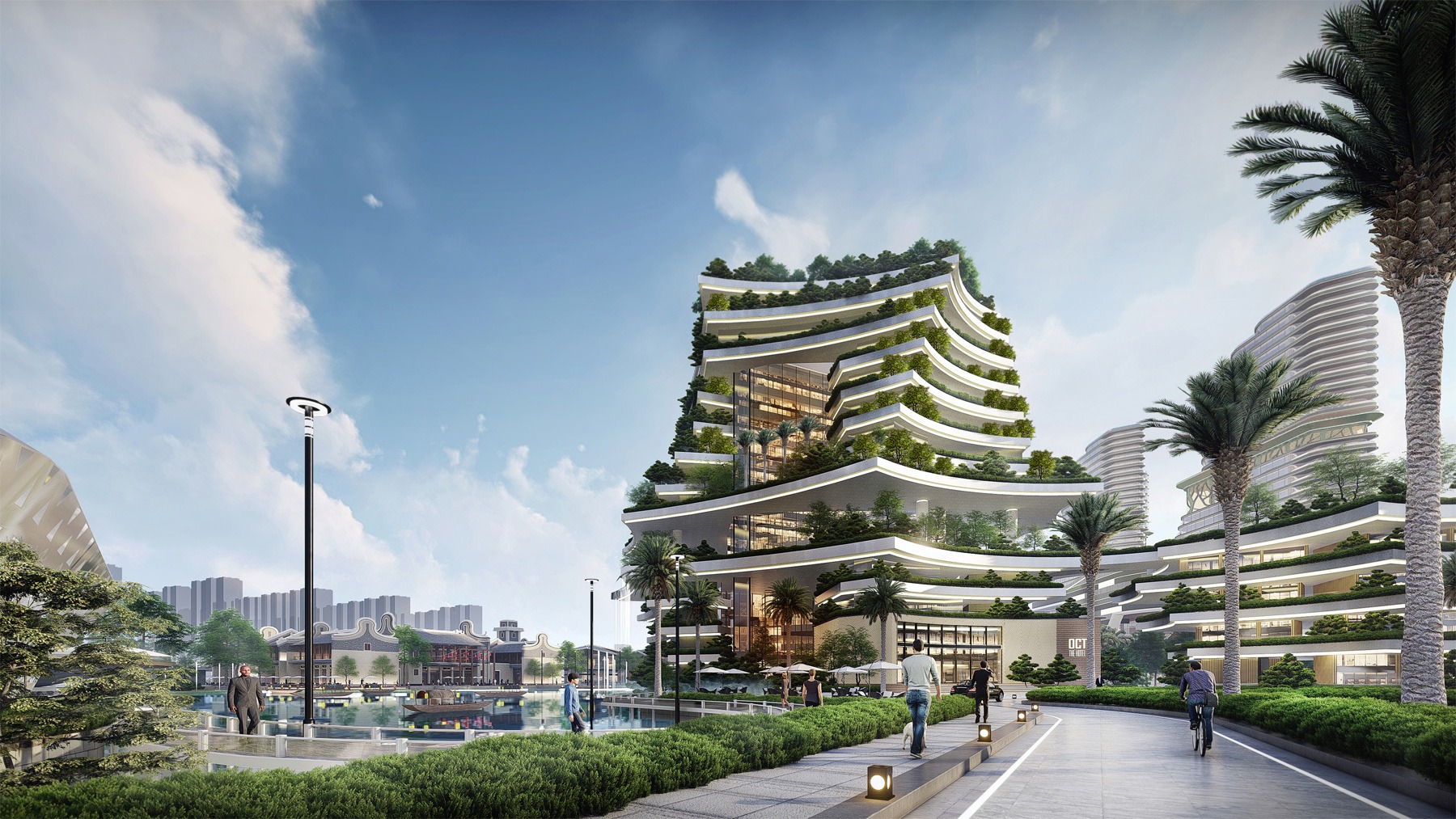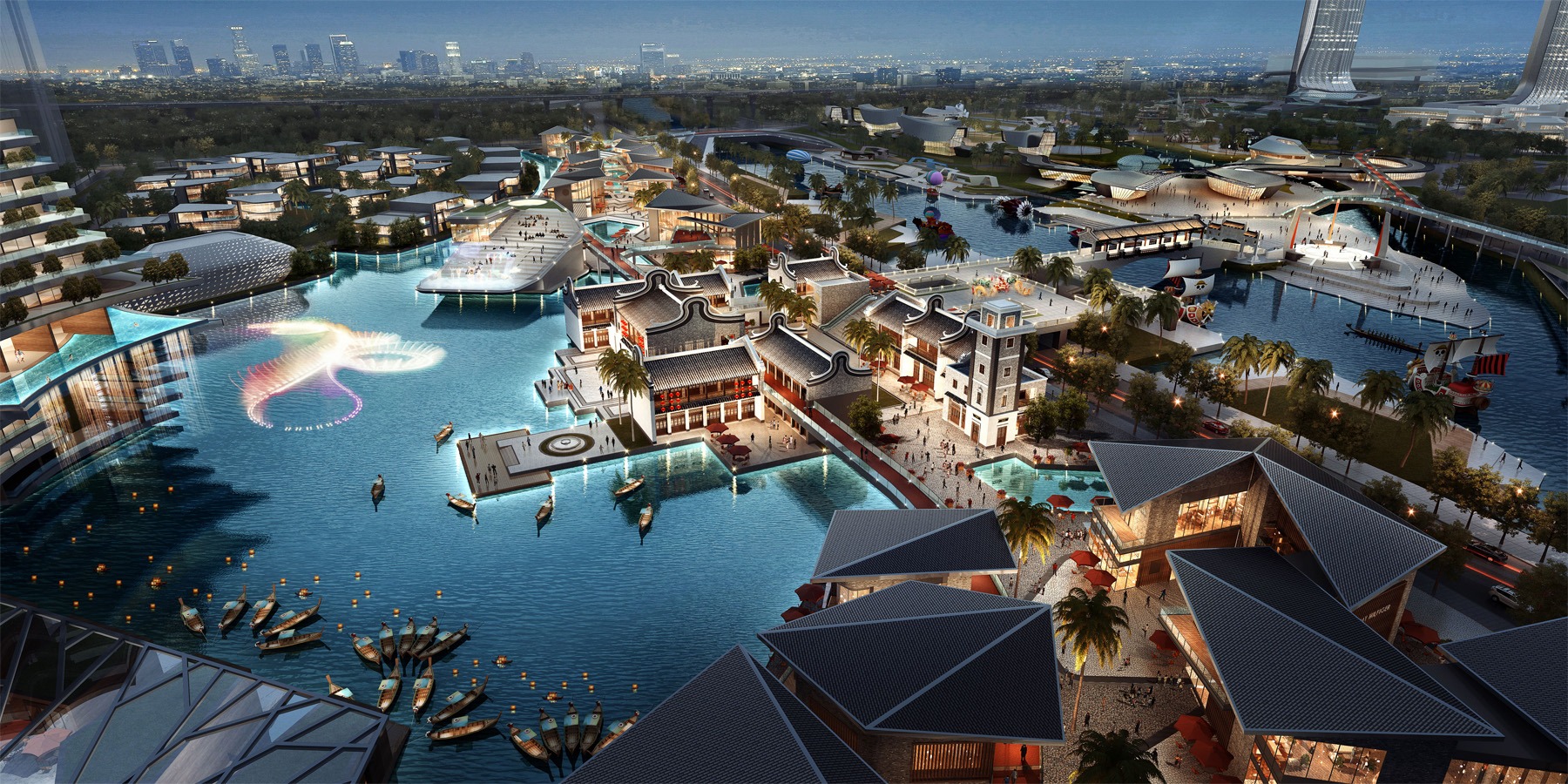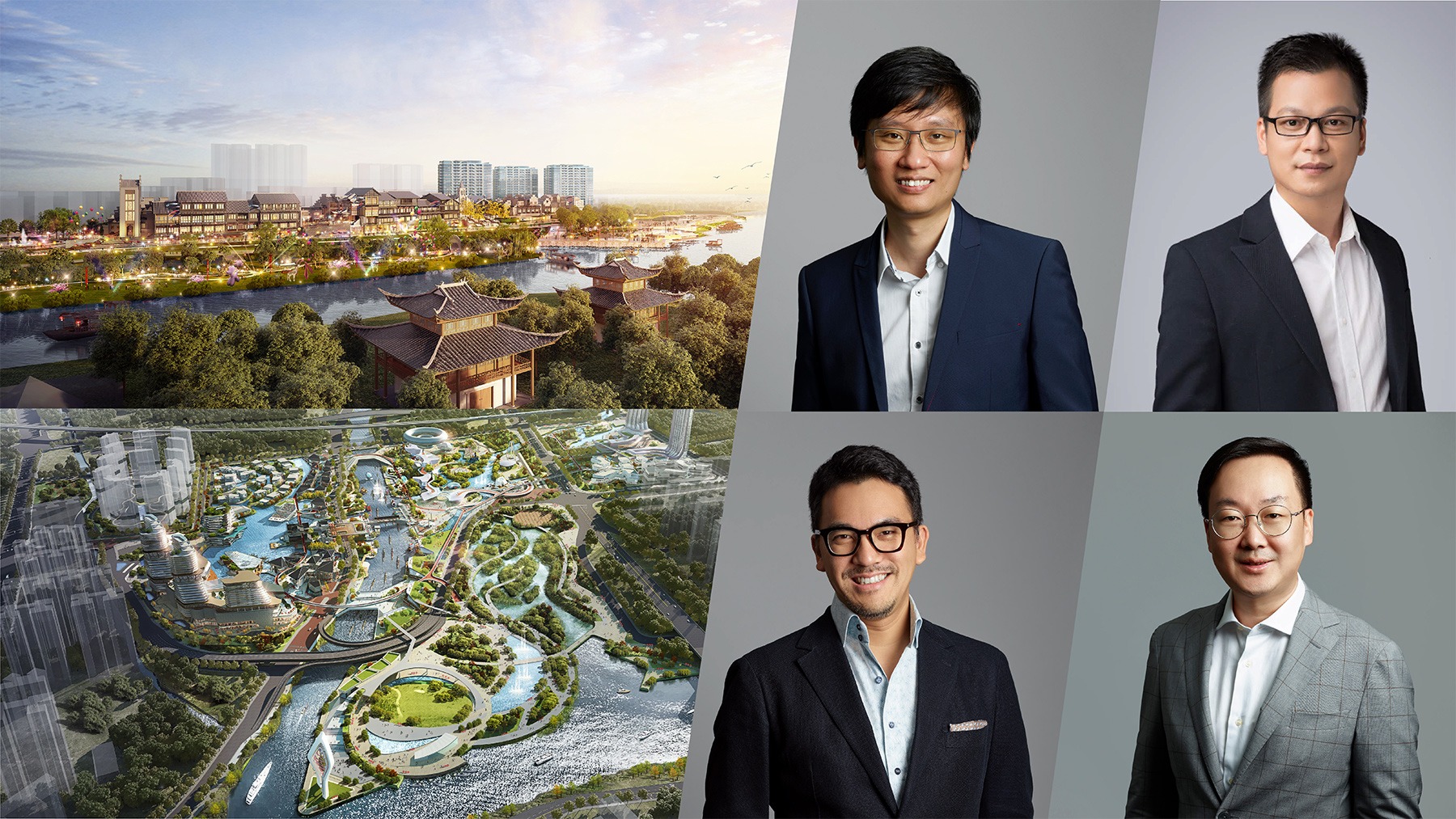
20 August 2020
THE MAKING OF DISTINCTIVE CULTURAL-TOURISM LANDMARKS
For the world’s most established cities, prestige does not come purely from economic progress. Their rich cultural heritage, architectural style and natural landscape all play a role in attracting global travellers and promoting cultural exchange.
The success of cultural-tourism real estate hinges on their ability to turn cultural heritage into quality urban recreation. They also need to capture a diverse target market. To stand out as city landmarks, engaging experiences must be offered.
On 13 August 2020, LWK + PARTNERS held a webinar titled ‘The future of cultural-tourism developments’. Directors Calvert Chan and Fangming Gao, Associate Directors Yuanzhi Li and Gregory Leong discussed the strategies and points to note for planning and designing cultural-tourism sites, using Zhongshan OCT Harbour and Hunan OCT Caoqiao Cultural Commercial Street, both commissioned by OCT Group, as examples. Below is a summary of their insights.
Positioning your project: identifying connections with the city
Calvert Chan, who oversees design for the Caoqiao project, notes that ‘cultural streets’ must find its roots in the history, culture, urban development trajectory and transport links of the place. These factors are therefore the main subjects during early background research.
Take the Caoqiao site for example. It adopts a two-pronged design methodology, illustrated by the image below. On the left, background research is done based on planning objectives and client needs; on the right, the project design is worked out by formulating a narrative that responds to the aforementioned research. “These two processes work in parallel and in constant feedback with each other before finalising the design,” added Li Yuanzhi, who works alongside Calvert on the project.
Gregory Leong, who leads the masterplanning of Zhongshan OCT Harbour, explained how ‘water’ came about as a central theme. The site not only straddles the Gangkou River, but is also surrounded by streams and a wetland. The final framework was based on a concept of ‘One Ring, Two Hearts, Three Belts, Six Zones’, connecting commercial and entertainment elements with aquatic elements.
For Fangming Gao, Zhongshan OCT Harbour is more than just a theme park. It is an eco-cultural leisure destination to be enjoyed by all: lots of fun for children, nostalgic elements for the elderly, business opportunities for the middle aged and retail spaces for young people.
Connectivity is key to multi-nodal integration
This is done through well-designed circulation planning and spatial transition.
Zhongshan OCT Harbour is planned with connectivity at its heart. A seamless, integrated experience is achieved through extensive walkways and links with the railway network, taking cue from transport-oriented developments and encouraging greener ways to move around.
For the Caoqiao project, connectivity is achieved through slow mobility systems. These include a friendly streetscape, riverfront promenades, cycling paths and recreational waterways. Pedestrians, cyclists and pleasure boats can move freely between functional areas lined with lush greenery.
Heritage must take on modern significance
Cultural renaissance is clearly a recurring theme for both projects discussed in the webinar.
Cultural tourism design is about giving local traditions renewed identities. We want to create people-oriented places where appreciation for the past coexists with the modern experience of daily life, shopping and leisure.
To provide ample spaces for people to meet and interact at the Caoqiao project, Calvert said the team took time to deconstruct classical Chinese architecture and older forms of space like ancient courtyards. These are then re-invented as public spaces like the teahouse theatre and fountain square.
Yuanzhi said the Caoqiao project will inherit the area’s traditionally bustling vibe. The neighbourhood of Qingcao Bridge, once filled with charming taverns, is set to embrace contemporary lifestyle with a museum to showcase local history, and a food avenue where local street food takes centre stage.
In the same spirit, Fangming highlights the importance of symbolism. It can be a good idea to depict complex culture with a symbol, statement or picture for better legibility and accessibility. As a key attraction of Zhongshan OCT Harbour, the shopping mall takes the shape of a bird spreading wings, to symbolise the visionary, future-looking ethos of Zhongshan culture.
Cross-border collaboration the way forward
It is worth noting that both projects under the spotlight of this webinar are outcomes of multi-disciplinary collaboration between different LWK + PARTNERS studios. A range of strengths and expertise come together with unprecedented chemistry, leading to well-considered solutions. The practice expects this kind of cross-border teams to be the key deliverers of large-scale design projects.


